In Plato’s famous Allegory of the Cave (written in Athens, about 400 BC), he posits that when we perceive people or objects and think they are real, we are in fact only seeing reflections of a true form or ideal. We can be compared to a lifelong prisoner in a cave who has only ever seen the shadows of people flickering on a cave wall and cannot know that they do not represent reality. The photo is of our wonderful September 2024 G-Adventures tour group – it’s up in the air whether we are real or not! I am the shadow with the binoculars – searching for birds, or maybe searching for my true inner form.
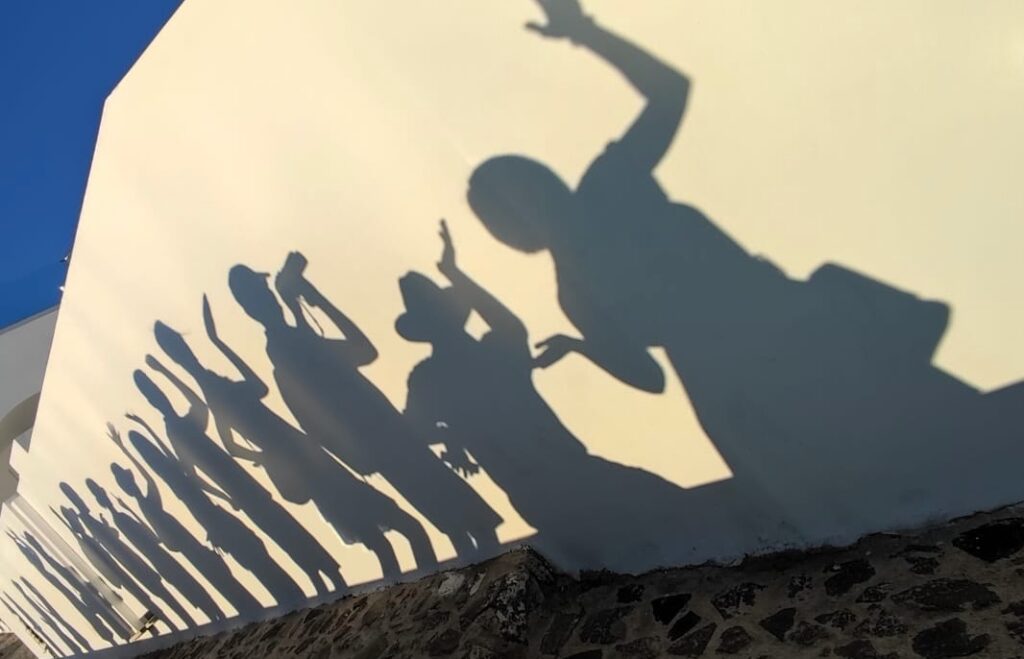
Photo credit: Villi.
Our tour, from Athens and then on a spin through the Cyclades islands of Tinos, Mykonos, Delos, Nexos, and Santorini, took us to the Aegean and West Turkish Sclerophyllous and Mixed Forests Ecoregion. See the link for a map of the ecoregion and more details about it. Quite a mouthful indeed. Sclerophyllous, from the Greek (of course!) for “hard leaves”, refers to plants adapted to dry harsh environments such as in the Mediterranean. These plants have many specialized adaptations to drought, including stiff evergreen leaves – examples are various species of oaks and the Olive Tree. All of the Greek Cyclades and most of mainland Greece falls within this ecoregion. Its name reminds us of what was the original vegetation of this area, now only present in small remnants, after thousands of years of human occupation.
One remnant I explored was on Mount Zas (or Mount Zeus) on Naxos Island. At about 1000 m, it is the highest point in the Greek Cyclades. My photo shows areas with sclerophyllous oaks and various shrubby species (the mountain is in the background). Mt. Zas is famous for being the site where Zeus was raised in a cave (he was born in Crete). There is no irrefutable scientific proof of this but my taxi driver told me he once lived on the mountain and so did several sites on the Internet – so it must be true!
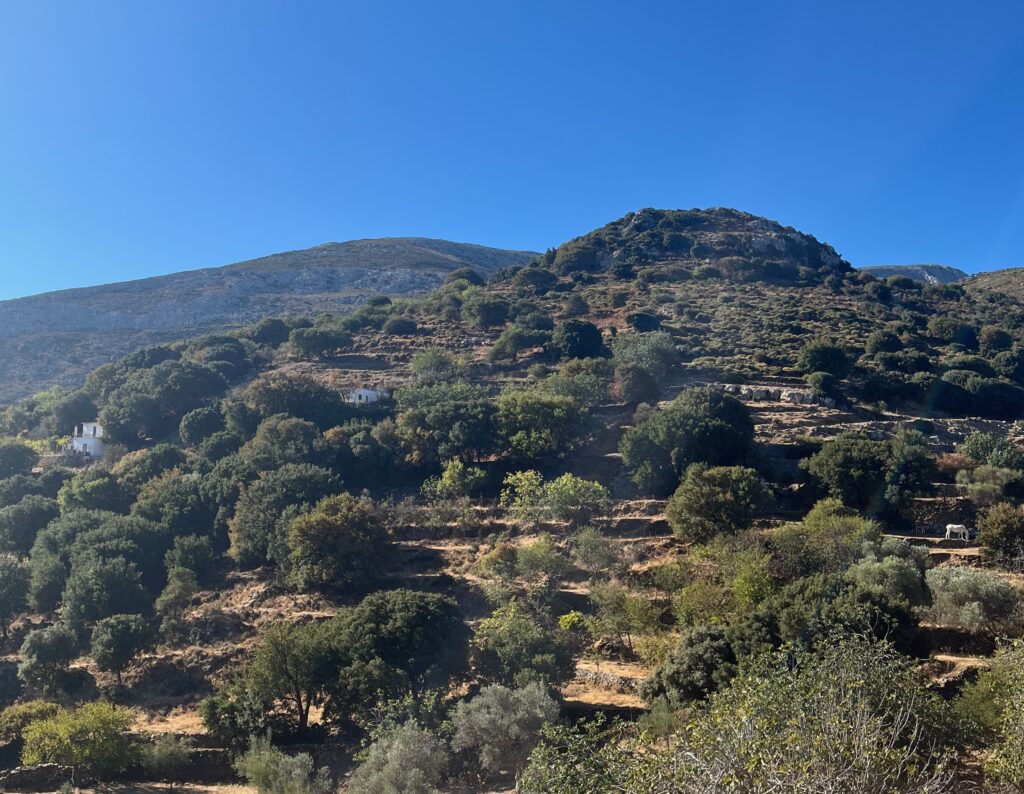
I’m always interested to understand more about the original fauna of the ecoregions I visit. In Plato’s time, and for hundreds of years afterwards, most people in the Mediterranean had no doubt that Greek gods and goddesses were everywhere in the landscape – the original fauna if you like. One of the most important of course was Zeus, father of the gods.
This being a blog on ecoregion birding, I explored how Zeus interacted with birds. One of the symbols of Zeus is fittingly the eagle, the king of the birds. Once he transformed himself into a cuckoo, to ingratiate himself to Hera for the purposes of bedding her. He liked that trick because he once also transformed himself into a swan to be able to seduce Leda. That seems to be about it for the ornithological interests of Zeus!
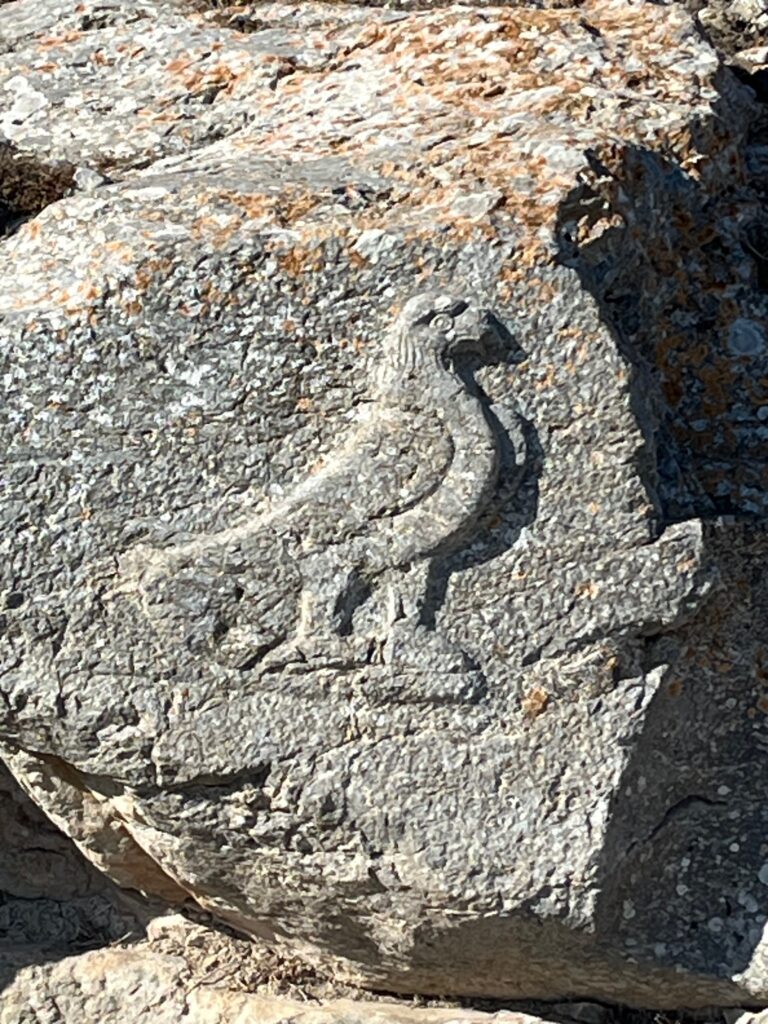
Eagle of Zeus, from the Temenos of Artemidoros in Ancient Theros, Santorini Island (3rd Century BC)
I didn’t see any eagles, cuckoos or swans in Greece. In fact, birds were relatively few and far between. They seem to have been replaced by dense flocks of tourists. I suspect also that the omnipresent feral cats on the islands keep the bird numbers down. The photos below do show a sampling of a few of my Cycladean sightings:
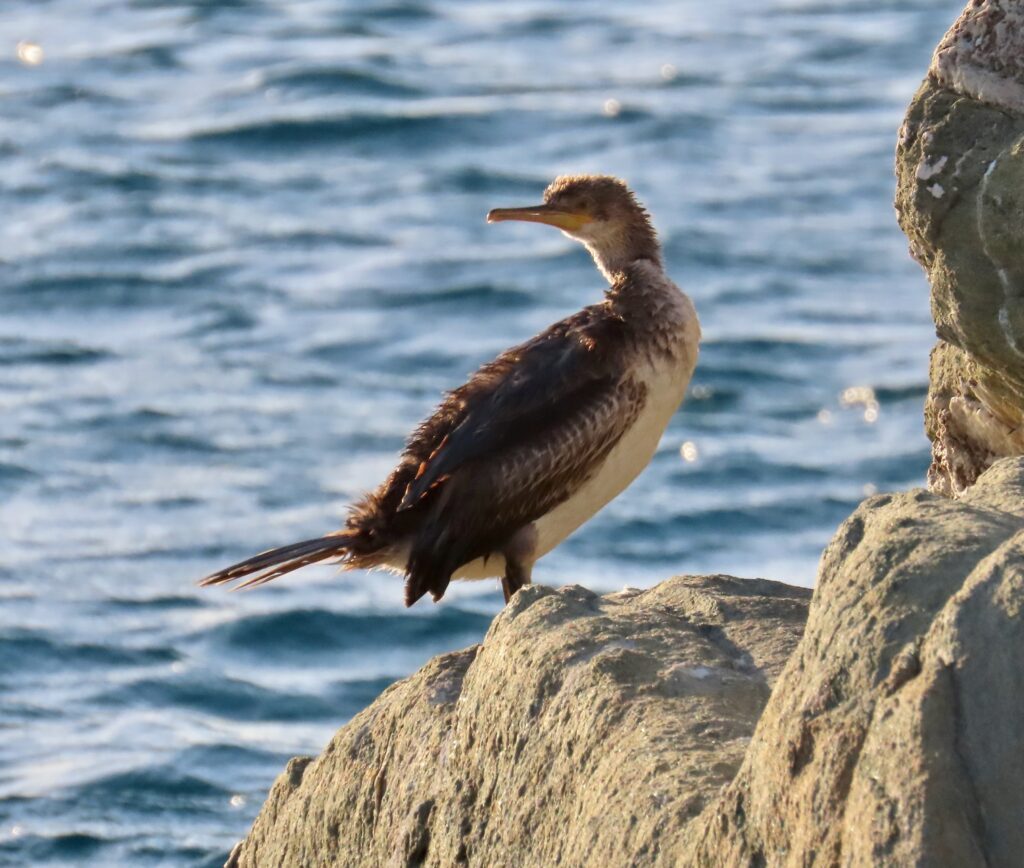
Above: European Shag Gulosis aristotelis (great Scientific name!) from Tinos. Below: Crested Lark Galerida cristata from Delos
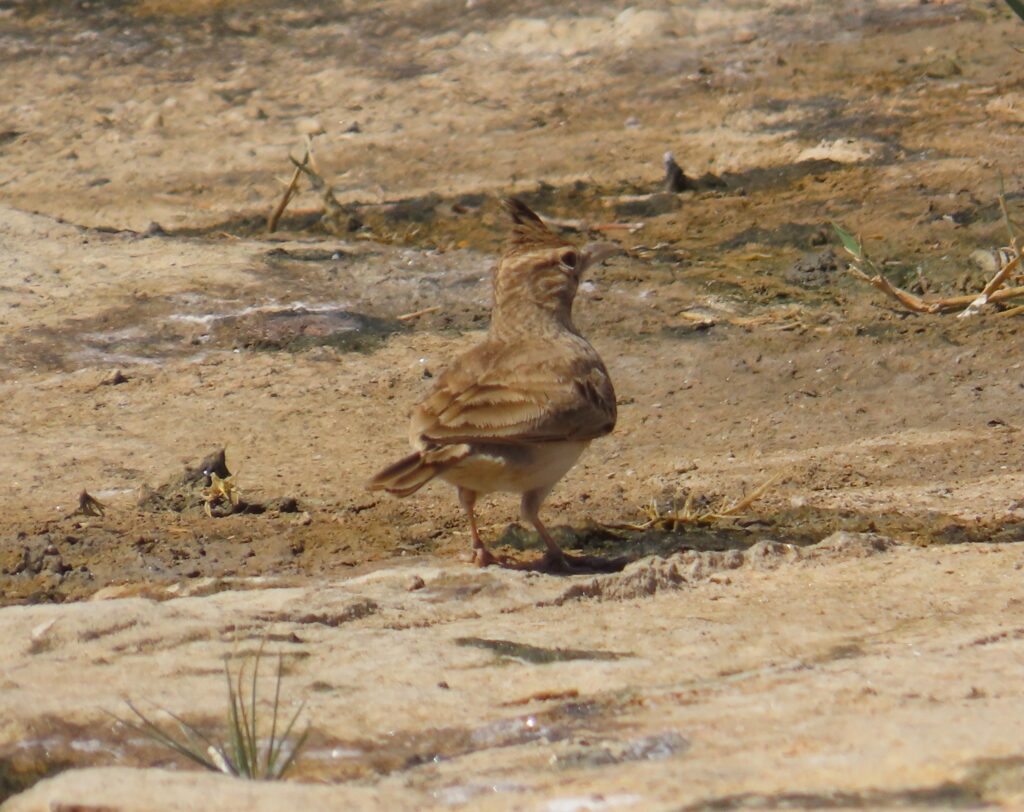
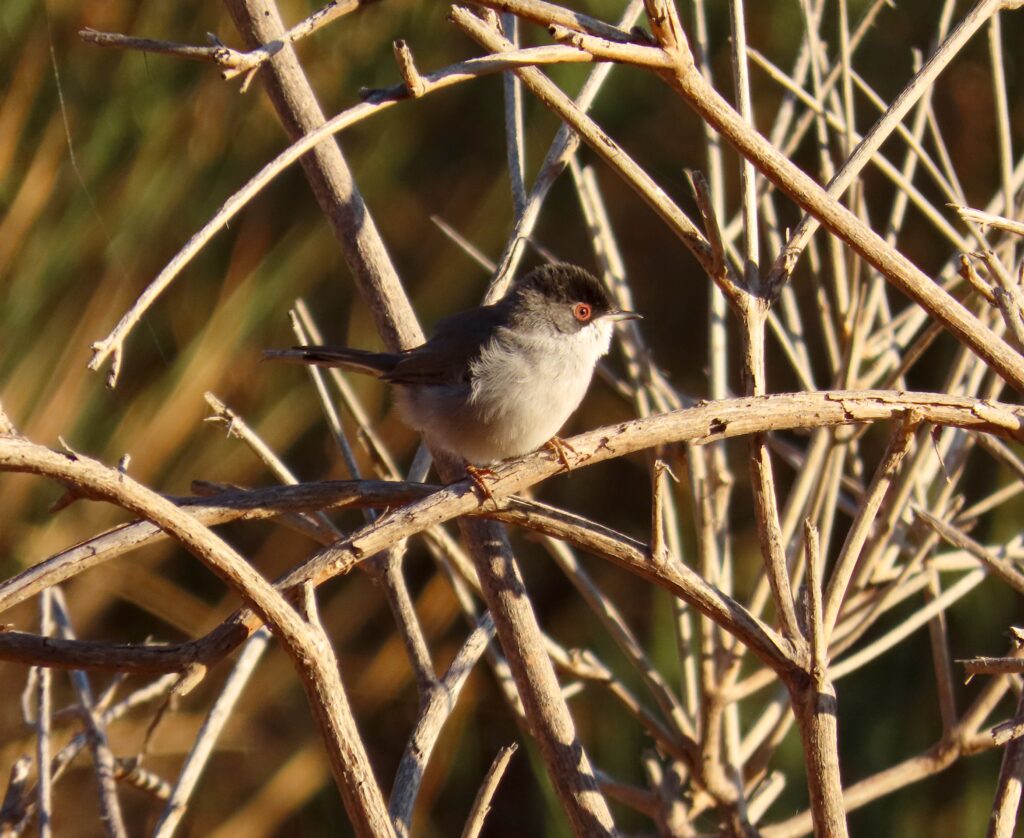
Above: male Sardinian Warbler Curruca melanocephala from Naxos. Below: European Stonechat Saxicola rubicola from Naxos
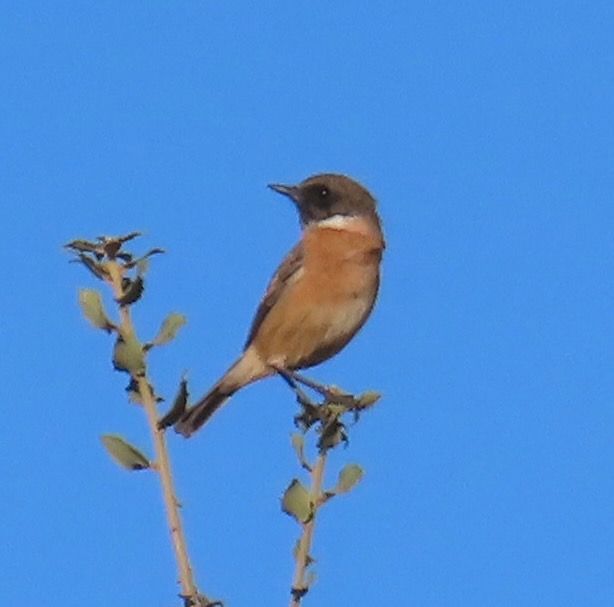
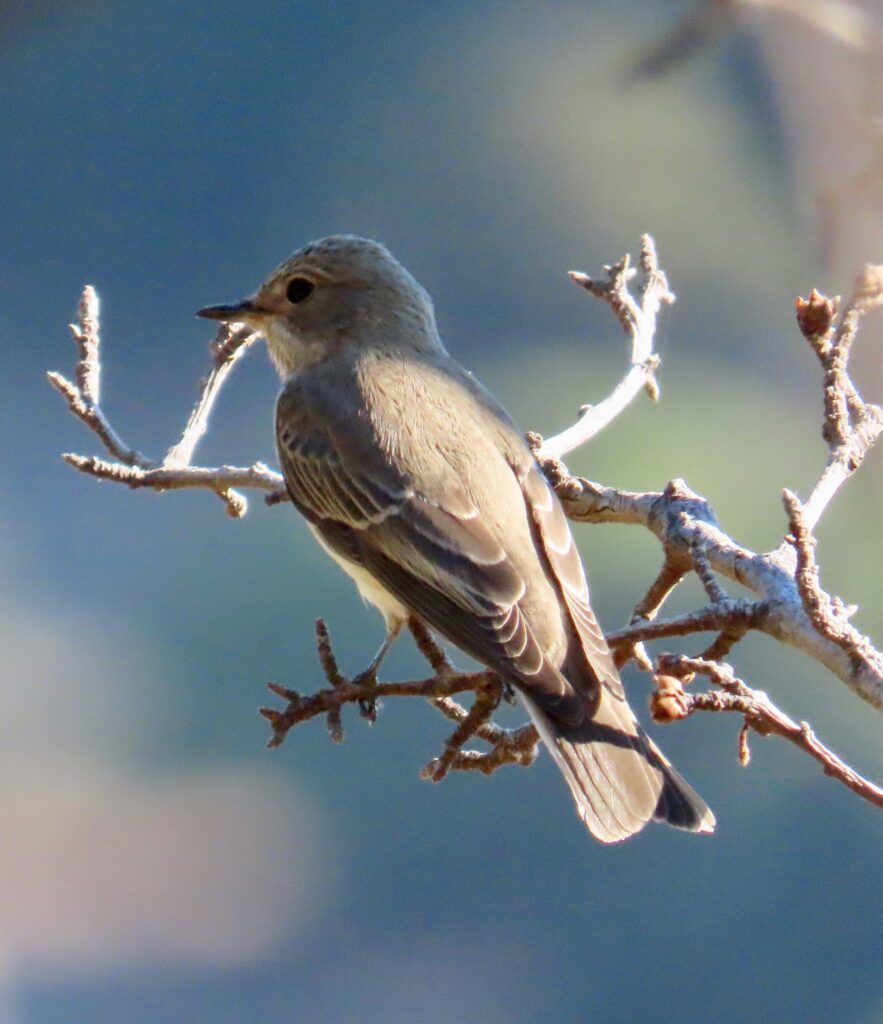
Above: Spotted Flycatcher Muscicapa striata from Naxos. Below: Willow Warbler Phylloscopus trochilus from Santorini (an abundant breeder in Sweden and Northern Europe; this bird is on its way to Africa for the winter)

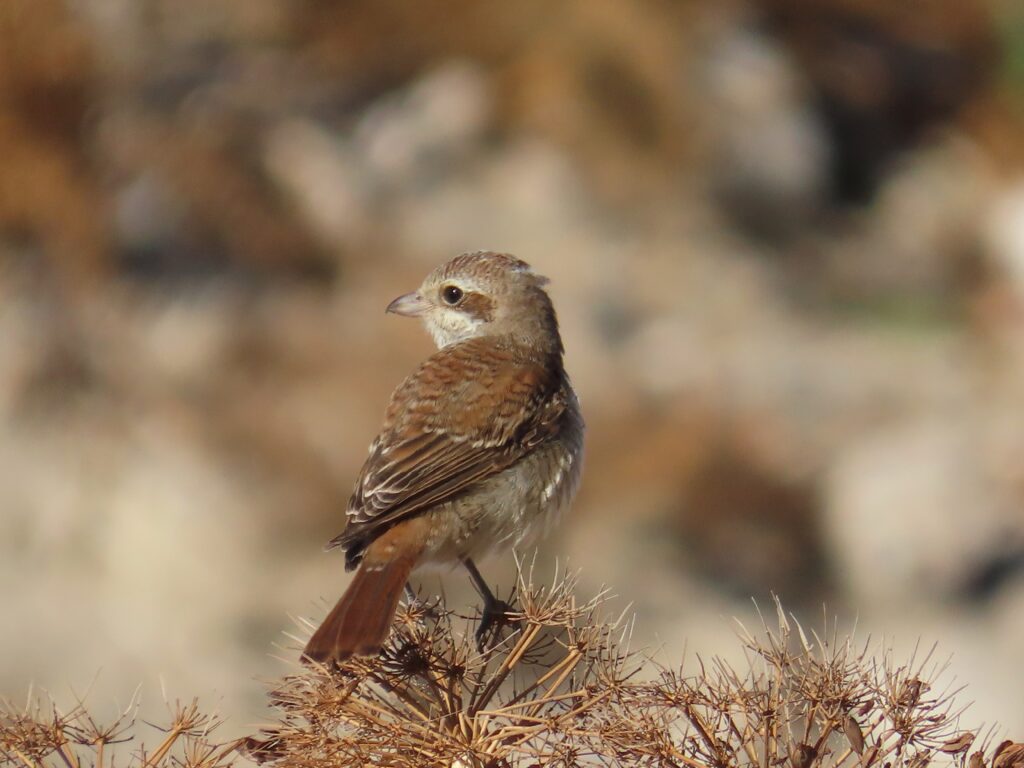
Above: an elegant Red-backed Shrike Lanius collurio from Santorini
One further comment on the birds of the Ecoregion as listed on your link, was in the Pine Forests. I remember the awesome sighting you had on the last day in Hungary, April 2022, you saw the Coal Tit! And so you certainly didn’t need to looking for it on this trip.
Good reading. The shadow wall is great for tourists, but one of Plato’s obscure philosophical thoughts. This led me to read his astounding number of quotes on the human condition. On the ecoregion map, Santorini is located in the lower middle of the Sea of Crete, where your photos of the Willow Warbler and Red-backed Shrike were taken at the City of Thera, I presume. Geologically it is the crater rim of a really ancient volcano, yet the little island in the middle is still active! I love the photo of the Sardinia Warbler with its red eye in the midst of a tangle of twigs. Thanks so much for your photo journal of the ecoregion.
Sounding like a fun adventure.
Very sad that they are not managing the feral cats, so destructive to birds, we saw that in Hawaii too.
Great photos Doug.
I’m sure you are featuring the more rare birds, it would be great to see some colour too, like maybe the Eurasian blue tit or the Greek parrot?!
Thoroughly enjoyed reading this post!